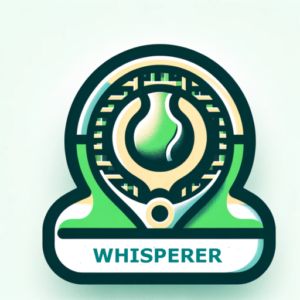Ledecky and the Art of Balance
Ledecky and the Art of Balance: Doing the Right Things at the Right Time
Katie Ledecky is known for swimming dominance in the pool, but her secret isn’t an obsession with medals. It’s balance — a discipline of moderation that sustained her through years of competition.
When she spoke at Stanford’s commencement, she explained that her goals were never about winning. Instead, she wrote down “want times” — personal standards independent of rivals. This distinction freed her from comparison and kept her focus inward, on steady progress.
“They’re not goal times. They’re want times.” — Katie Ledecky, Stanford Commencement
Balance in Goals
Too often, athletes frame success around outcomes they can’t fully control: winning a match, reaching a ranking, lifting a trophy. Ledecky flips that on its head. She doesn’t ask, “What medal do I want?” but rather, “What do I want from myself?”
For tennis players, that might sound like:
-
I want my first serve to feel more reliable, edging closer to 60%.
-
I want my backhand to hold up under pressure, so unforced errors become rare.
-
I want to feel confident at net, turning more approaches into points over time.
These are not rigid goals but living “wants” — benchmarks you can revisit, refine, and grow into.
Small, consistent improvements compound over time. Balance in want-setting means resisting the temptation to go all in on outcomes and instead trusting daily systems.
Even a 1% improvement each day — in serve placement, footwork, or emotional reset between points — compounds into massive gains over a year. Balance means embracing that steady climb rather than chasing instant leaps.
Balance in Training
Ledecky is famous for loving the grind — but she never lost sight of moderation. She talks about enjoying school, playing instruments, and staying connected to passions outside swimming. That moderation keeps her fresh.
For tennis, balance in training means:
-
Mixing intensity: not every session should be match pace; some should focus on rhythm or feel.
-
Cross-training smartly: use strength, agility, and endurance work as complements, not obsessions.
-
Preserving joy: keep a day for casual doubles, hitting for fun, or experimenting without fear of mistakes.
This aligns with high-performance science: long-term gains come from sustainable training loads, not from burning out.
Balance in Mentorship
What Ledecky valued most as a young Olympian weren’t lectures, but small acts of kindness from veterans: a teammate passing her the medicine ball, sitting with her at breakfast, helping her feel like she belonged.
Now she pays it forward, keeping “one eye on the rookies.” For competitive tennis players, this is a reminder that:
-
Leadership isn’t overcoaching — it’s moderating your presence so younger teammates feel supported, not overshadowed.
-
Fresh energy from rookies can balance veteran wisdom.
-
Mentorship itself is a balancing act: giving guidance while remaining open to learning.
Whisperer’s Wrap
Balance doesn’t mean holding back. It means knowing when to push and when to pause. It means wants that build you up rather than consume you. It means a career that is sustainable — and joyful — for the long run.
Katie Ledecky’s greatness isn’t about doing more than everyone else. It’s about doing the right things, with the right focus, at the right time.
For tennis players chasing better performance, that’s the lesson: balance is what makes intensity possible — and success repeatable.




